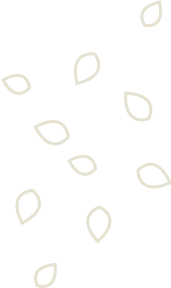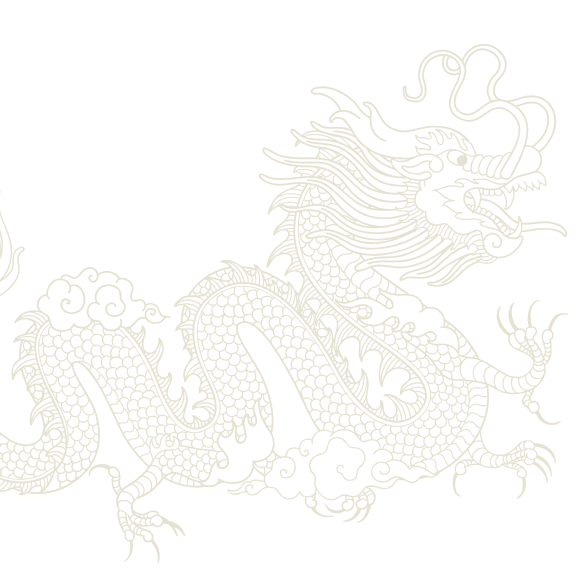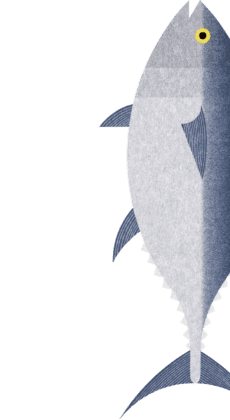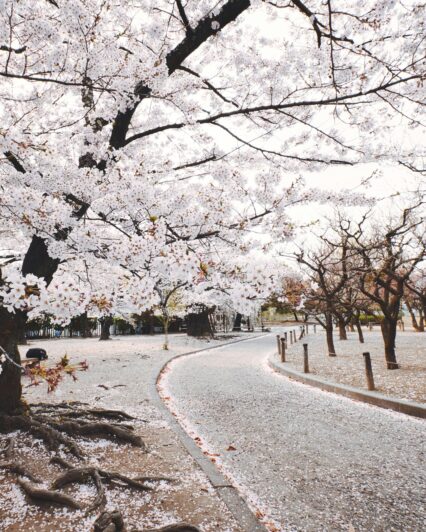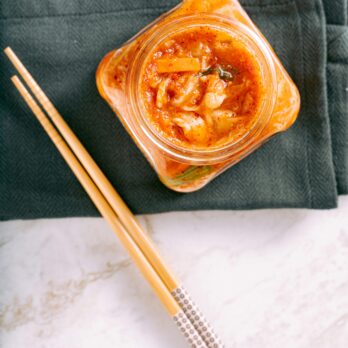Our Tasty Autumn Friend the Mooncake
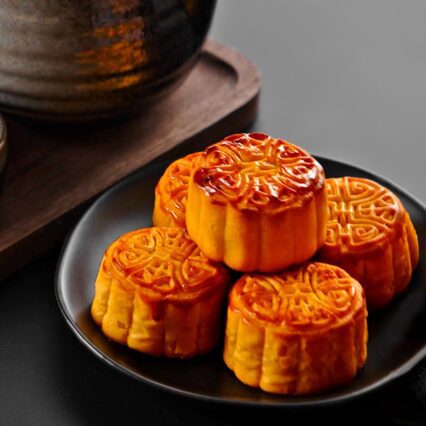
Our Tasty Autumn Friend the Mooncake
So, what is a Mooncake and how did they come about?
Mooncakes are a Chinese pastry associated with the Mid-Autumn Festival, which itself is based on — you guessed it — the moon! Mooncakes are shared among family and friends to celebrate Mid-Autumn Festival. There’s different regional varieties of these cakes (more on that in a second), but their most basic form is a pastry outside with a rich, dense filling on the inside. One aspect of the regional differences include different fillings, which can be both sweet and savory. Red bean and Lotus paste is a common filling; another common component is a yolk in the middle symbolizing the moon. While this isn’t always the case, many versions of the mooncake have intricate designs engraved on the outer pastry.
While we say lotus paste is a common filling, the truth is that there’s a huge variety of mooncake pastries and fillings to be found in different parts of China. In Hong Kong, for example, a popular modern version called snow skin mooncake isn’t baked at all, but rather chilled with thin outer pastry. Otherwise, the older mooncake in that region is the Cantonese style, which can have a bunch of different savory or sweet fillings and an elaborate, thin outer pastry.
Close by is the Chaoshan mooncake, which is known for a delightfully flaky crust.
Heading northwards, you’ll find the Suzhou- and Beijing-style mooncakes. The Bejing variety is common throughout northern China with a crispy outside, while the Suzhou type is from the Shanhai area around the Yangtze and has sweet and savory versions. The sweet Suzhou mooncake is particularly so, with flower petals or nut paste.
Others include the Yunnan mooncake and its famous Yunnan sweet ham filling, the sesame-heavy Quzhou mooncake, and the delicate Anhui mooncake. Obviously these are not all the mooncake varieties; on the contrary, there are so many regional types that describing all of them here would take forever.
Just like with many Chinese customs, mooncakes have a long history. In their various forms, they’re over 3,000 years old. They’re even older if you include their predecessor pastries. Depending on what you consider their beginnings in relation to the Mid-Autumn Festival, you could say mooncakes and this festival have been together for at least 700 years — and even up to 1,400 years by the most liberal definition.
According to legend, around 700 years ago in Yuan Dynasty China, a rebellion was started when messages were put into mooncakes informing people that they would be uprising against the Mongolian-led government on the 15th day of the eighth month. Since then, mooncakes have become an integral part of the Mid-Autumn Festival — which is also on the 15th day of the eighth month of the lunar calendar.
Mooncakes are available at all of our stores annually from brands like Mei Xin, Chen Yun Pao Chuan and Sheng-Kee while supplies last.
